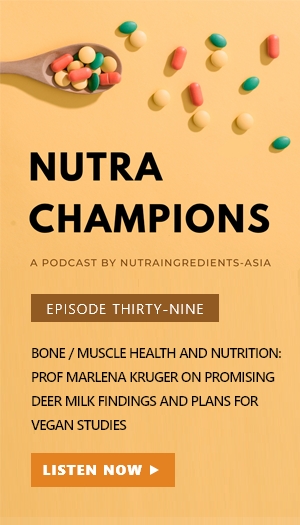Central obesity, higher fasting glucose more common in Koreans teens with greater fat, calorie intake – Decade-long study

The prevalence of central obesity, higher fasting glucose levels and other metabolic syndromes had gone up from 1.53 per cent to 3.19 per cent between 2008 and 2017.
In terms of central obesity, the percentage of children and teens with this condition had significantly went up from 9.89 per cent in 2008 to 10.23 per cent in 2017.
In addition, a low amount of the “good” high-density lipoprotein (HDL) cholesterol was found in their body. A low amount of HDL cholesterol is defined as equal or lower than 40mg/dL in boys and 50mg/dL in girls.
Writing in Yonsei Medical Journal, the researchers examined data obtained from the Korean National Health and Nutrition Examination Survey (KNHANES) between 2008 and 2017.
They noted that the prevalence of metabolic syndromes grew consistently and significantly from year 2013.
The survey studied the dietary intake, physical, and blood serum attributes of children and teens between 10 to 19 years old.
Data such as weight, waist circumference, BMI, blood pressure, blood serum triglyceride, cholesterol, fasting glucose levels, creatinine, aspartate aminotransferase (AST), and alanine aminotransferase (ALT) were measured.
Both AST and ALT are enzymes mostly found in the liver, as well as the heart and liver respectively. Healthy individuals have low levels of AST and ALT.
Findings showed that both AST and ALT had increased in concentration, especially from 2013 and 2014.
The concentration of AST increased from 18.30 IU/L to 19.70 IU/L between 2013 and 2017, while that of ALT increased from 15.09 IU/L to 16.51 IU/L between 2014 and 2017.
Higher fasting blood glucose, defined as more than 100mg/dL based on International Diabetes Federation standards, was also more prevalent.
In 2008, there were 7.57 per cent of the kids and teens assessed to have higher fasting blood glucose, by 2017, this had increased to 12.74 per cent.
More calorie, fat intake
The increase in cholesterol and central obesity was marked by a stark increase in daily calorie, protein, and fat intake, especially in boys.
In girls, only the intake of protein and fat had increased.
Fat intake increased from 52.79g in 2008 to 66.69g in 2017 for boys and went up from 41.72g to 49.45g for girls.
“This study also showed that calorie intake increased over the study period, and among the three macronutrients, fat intake showed the fastest increase. This observation may help explain the increasing prevalence of metabolic syndromes in Korea, as demonstrated in this study,” the researchers said.
However, the researchers cautioned that they could not establish a causal link between diet and metabolic syndromes.
“The factors associated with metabolic syndromes, such as sedentary behaviour and type of food, were not considered in this study. Therefore, this study only described the associations and not the causality.
“Further studies are required to determine possible explanations for the observed trends in metabolic syndromes among children and adolescents,” they said.
They concluded that more active support and close monitoring for children and adolescents were required to control metabolic syndromes and to prevent further metabolic diseases.
Source: Yonsei Medical Journal
Ten-Year Trends of Metabolic Syndrome Prevalence and Nutrient Intake among Korean Children and Adolescents: A Population-Based Study
DOI: 10.3349/ymj.2021.62.4.344
Authors: Hyun Wook Chae, et al












